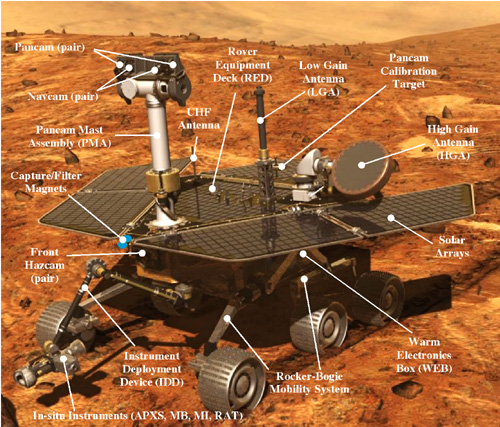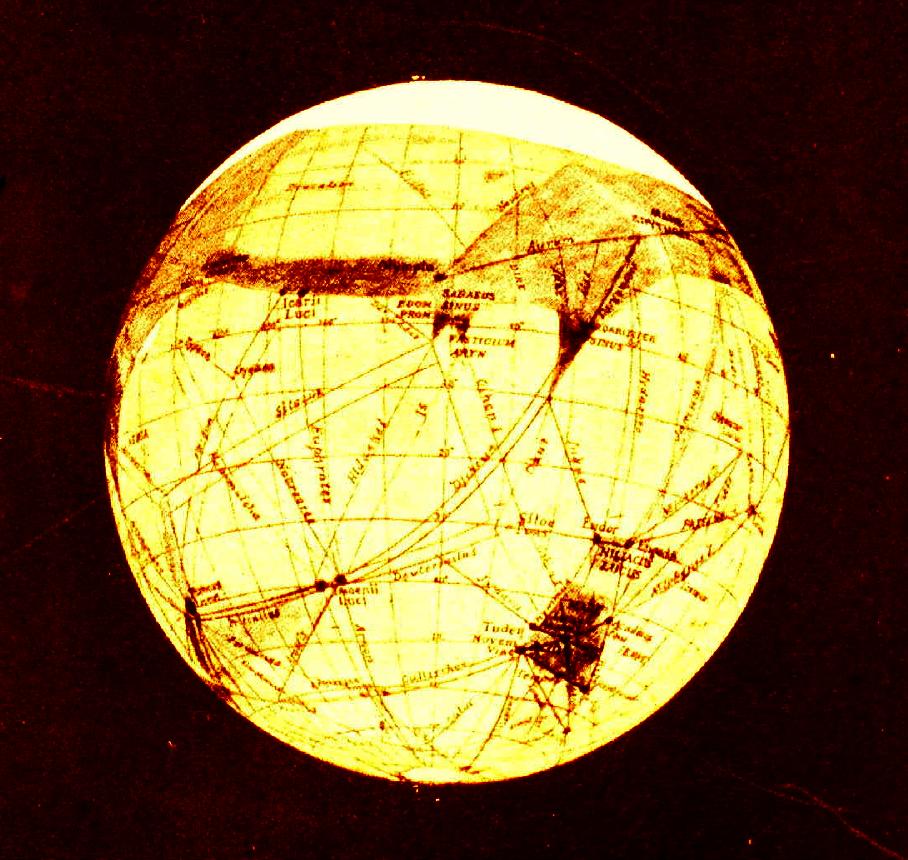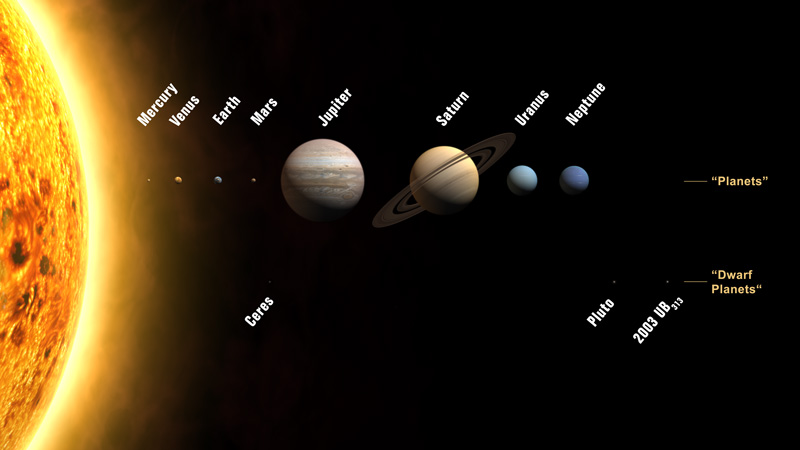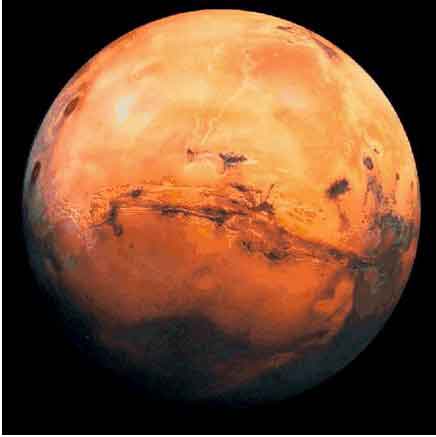This content requires HTML5/CSS3, WebGL, or Adobe Flash Player Version 9 or higher.
The Mars Exploration Rover Opportunity landed on the fourth planet from the sun, which has captured the world's imagination since it was first observed by ancient Egyptians, in January of 2004. It landed three weeks after its twin Rover, Spirit. Both exceeded all expectations, sending back valuable scientific data and pictures of Mars. Spirit became irrevocably stuck in soft sand in 2009, and ceased communication with earth in 2010. The Mars Exploration Rover Opportunity remains mobile and active. The journeys of these two Rovers located on opposite sides of the planet read like something from the explorations of Lewis and Clark at the beginning of the 19th century. They discovered an extra-Martian meteorite, explored a massive impact crater (named Victoria, after one of Ferdinand Magellan's ships), became stuck in sand and extricated themselves, dug trenches, climbed mountains, and endured dust storms. The dust storms, in fact, are largely responsible for the longevity of both Rovers, because they have repeatedly cleaned the vehicles' solar panels. As a result, the incredible Mars panorama sent back by the Rovers is striking in its detail.
Mars Exploration Rovers Opportunity, Spirit & Curiosity
Mars Exploration Rovers Opportunity, Spirit & Curiosity
The first pictures of Mars from the surface were sent back to earth by Viking 1 in 1976. The Mars Exploration Rover Mission (called MER) is a NASA project in conjunction with the Jet Propulsion Laboratory in Southern California. The robotic Rovers have six wheels and are solar-powered; they weigh 400 pounds. Cost of the initial 90-day mission of the Rovers was $820 million; costs have gone up many more millions as their missions were extended. A third Rover, named Curiosity, began entry preparations in July of 2012. You can follow the progress and countdown to its landing on the NASA website.
Canals of Mars
Canals of Mars
In 1877, the Italian astronomer Schiaparelli produced the first maps of Mars. On these were features that he called "canali," and he named them for famous rivers on earth. Canali in Italian means channels or grooves, but this was mistranslated in English as canals. It was not until the 1960s and 1970s Mariner missions, beginning with Voyager 1, that the idea of canals (and life-sustaining water in the form of vast seas) on Mars was finally debunked. But by then, these myths had become legend and entered science fiction.
The Nine Planets
The Nine Planets
No, wait! There are only eight planets. In 2006, the International Astronomical Union (IAL) defined what it means to be a planet, and Pluto did not meet that criteria. It has since been relegated to the status of dwarf planet - along with five other celestial bodies in our solar system. The eight planets (in order of closest to the sun) are: Mercury, Venus, Earth, Mars, Jupiter, Saturn, Uranus, and Neptune. These are named for Greek or Roman gods. There are English words relating to the planets that mirror the characteristics of these gods, such as saturnine, mercurial, martial, and jovial. Even the words lunatic and lunacy (from the word for the Moon, which the ancients believed was a planet) have meaning.
Mars in Pop Culture
Mars in Pop Culture
As soon as Schiparelli's observations were interpreted to mean there was water and life on Mars, scientists and science fiction writers alike went to town. In 1899, inventor Nikola Tesla reported picking up signals that he speculated was communication from Mars. In 1900, the Lowell Observatory reported a 70-minute burst of light from Mars. In 1898, H. G. Wells published The War of the Worlds, in which Martians invade and terrorize Earth. In 1938, actor Orson Welles dramatized this book in a radio broadcast, panicking thousands. Ray Bradbury's The Martian Chronicles, chronicling the colonization of Mars, was published in 1950. For three years in the early 1960s, My Favorite Martian was a popular comedy series on American television.
Back to top © Dan Taylor/Destination360. All Rights Reserved




